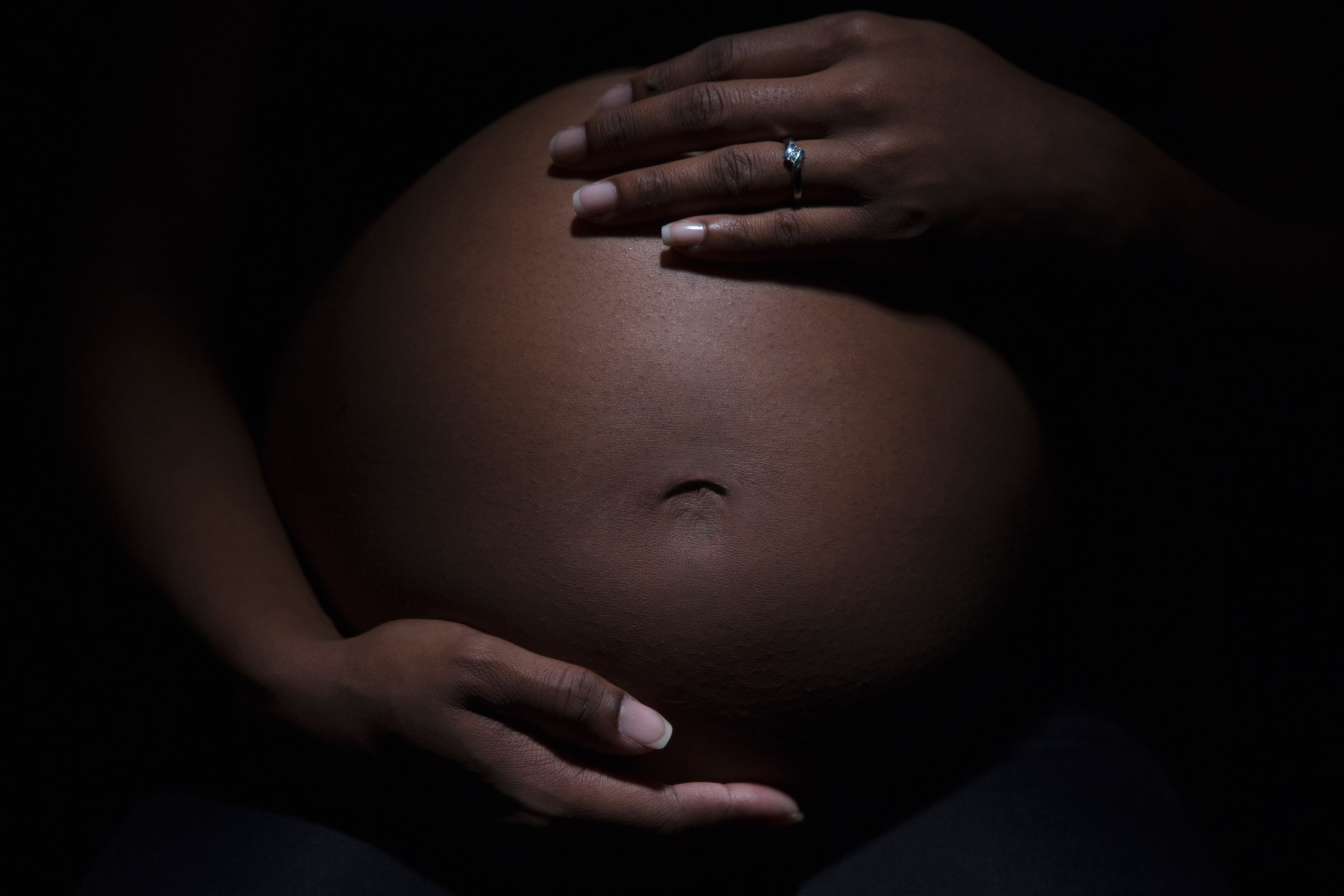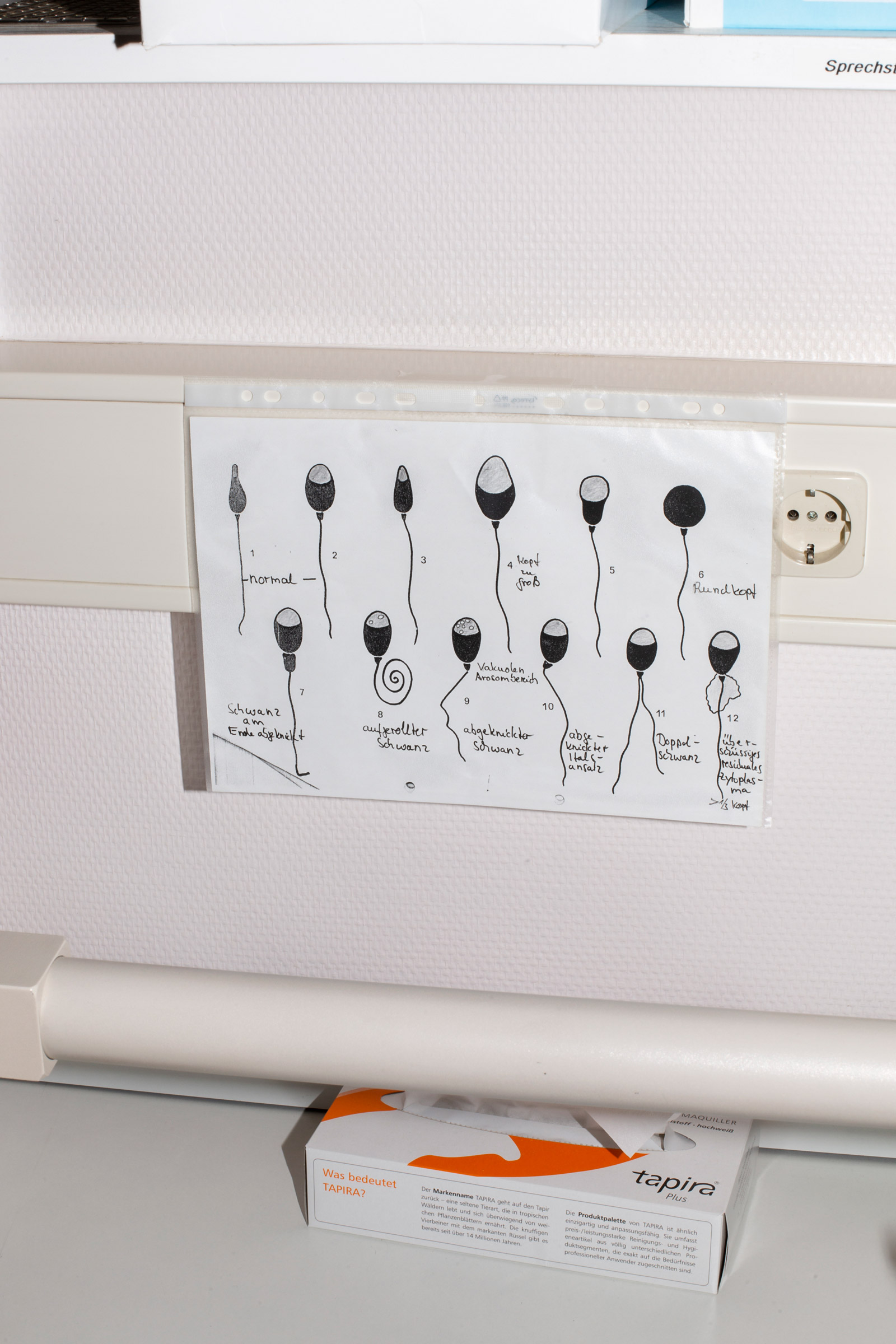
Patients often say the same thing in appointments with Dr. Abey Eapen, an infertility specialist at UT Southwestern Medical Center: “I never learned about this in my high school.”
For many couples, having a baby is far more difficult than it was made out to be in sex ed. While many women in heterosexual couples get pregnant within a few months of trying, studies suggest up to 15% of couples are unable to conceive after a year of having unprotected sex. That means they meet the clinical definition of infertility: not conceiving within a year if the woman is younger than 35, or within six months if she’s 35 or older.
Many people don’t realize how common infertility is until they’re experiencing it themselves. That, Eapen says, is why he’s argued for years that fertility testing should be woven into routine medical care every few years for women of reproductive age, “just like having a Pap smear.” If people began learning about their fertility before actively trying to have kids, he says, they might go into the process feeling informed and better prepared to make decisions about when and how to try for a baby.
Not every expert agrees. Some say fertility testing sparks anxiety while giving patients little actionable information, and studies have raised doubts about whether common tests are accurate at all. It’s also an invasive and expensive proposition. Nonetheless, the fertility testing market is currently worth almost half a billion dollars, and it’s growing. Whether that’s good for patients is a matter of debate.
For heterosexual couples, getting pregnant requires a few stars to align. Timing is the first step, since a woman is at peak fertility for only about one week out of every month, around the time her ovary releases an egg (a process called ovulation). But even perfect timing isn’t enough. To achieve pregnancy, healthy sperm must fertilize a healthy egg to form a viable embryo, which then must travel to and implant in the uterus. If any part of that process is disrupted, it won’t result in pregnancy.
“It’s a miracle when it happens,” says Elizabeth Werner, associate director of Columbia University’s combined obstetrics, gynecology, and mental health program.
There’s no single test that can accurately predict whether everything will go right for a given couple or individual, says Dr. Samantha Schon, a reproductive endocrinologist at the University of Michigan. Men can have their sperm count and quality analyzed fairly easily, but they’re only half the equation. For women, Schon says, the fertility testing landscape is more complicated.
If a woman is having trouble getting pregnant, her doctor may order a blood test that measures levels of either antimüllerian hormone (AMH) or follicle-stimulating hormone (FSH), both of which help assess how many eggs she has left in her ovaries. Increasingly, women are also taking this kind of testing into their own hands—potentially even before they’ve started trying for a baby—thanks to a variety of companies that offer at-home hormone tests that require only a finger prick of blood.
Ovarian-reserve testing is fairly easy, but it’s not always an accurate predictor of future pregnancies, Schon says. In a major 2017 study, the results of which were replicated in 2022, researchers found that AMH levels were not significantly correlated with later pregnancy and birth. Ovarian reserve tests are “poor independent predictors of reproductive potential. Therefore, they should not be used as a fertility test,” the American Society for Reproductive Medicine said in a 2020 policy statement.
Eapen agrees that a single result can’t define someone’s fertility—but he maintains that these tests can be useful when taken in context with a patient’s full medical history and other fertility assessments, including ovulation tests and physical exams like ultrasounds and fallopian-tube analyses. Every patient might not need all of these tests. But looking at various measures together can give someone a fuller picture of their fertility and any challenges they might encounter down the road. Someone might use that information to decide when to start trying for a baby, or whether to try assisted reproductive technologies like in vitro fertilization (IVF) or intrauterine insemination (IUI).

There’s no guarantee, Eapen says. But “it’s the educational value which is more important,” he says. “Five years down the line, 10 years down the line, they shouldn’t be saying, ‘I didn’t know about this.’” Sometimes, testing also uncovers underlying health conditions that could affect fertility, such as endometriosis, he says.
The downside? This type of holistic testing can be expensive, invasive, and time-intensive, and some tests may not be covered by insurance. While fertility tests are more likely to be covered than services like IVF, according to a Kaiser Family Foundation analysis, insurance coverage often depends on where someone lives, which plan they have, and whether the tests are deemed “medically necessary.”
Even people who spend the time and money to go through the entire process may not get the answers they’re looking for. Studies suggest up to 30% of heterosexual couples who struggle to conceive have “unexplained infertility.” In other words, even if every test comes back normal, a couple may still have difficulty getting pregnant.
Testing might make sense for someone with a known risk factor for infertility, such as a history of sexually transmitted diseases, cancer, or autoimmune conditions; polycystic ovary syndrome; or pelvic inflammatory disease, Schon says. Testing may also be useful for people who are thinking about freezing their eggs or undergoing other fertility treatments.
But Schon says she probably wouldn’t recommend testing for people who are simply curious about their fertility. She’s particularly wary of at-home fertility tests, since the results can be scary, ambiguous, and hard to interpret without guidance from an expert.
“If you get a test and your AMH comes back low, what is that going to do?” Schon says. “You’re probably going to feel really nervous and you’re probably going to think your fertility is abnormal, but the studies show you might not have any problems getting pregnant.”
Fertility testing can take a psychological toll, Werner agrees. A “bad” result may cause stress and worry, and it could lead people to prematurely, or even unnecessarily, try intensive and expensive therapies like IVF.
“People who would tend toward getting preconception care are people who are planners,” she says. “It makes a lot of sense. But it also can lead to a lot of anxiety.”
Ultimately, Werner says, it’s up to each individual or couple to decide if the testing process is worth the anxiety and expense that may come as a side effect. If someone does opt in, it’s a good idea to work with an expert who can talk through options and help interpret results, she says.
And no one should expect a fertility test to serve as a crystal ball—at least not yet. Fertility testing will likely get better as the fields of personalized medicine and genetic testing progress, Schon says, but there’s still work to be done.
“We’re going to continue to get a lot more information about patients’ reproductive potential over their lifespan,” she says. “I just don’t think it’s here now.”
More Must-Reads From TIME
- Dua Lipa Manifested All of This
- Exclusive: Google Workers Revolt Over $1.2 Billion Contract With Israel
- Stop Looking for Your Forever Home
- The Sympathizer Counters 50 Years of Hollywood Vietnam War Narratives
- The Bliss of Seeing the Eclipse From Cleveland
- Hormonal Birth Control Doesn’t Deserve Its Bad Reputation
- The Best TV Shows to Watch on Peacock
- Want Weekly Recs on What to Watch, Read, and More? Sign Up for Worth Your Time
Write to Jamie Ducharme at jamie.ducharme@time.com